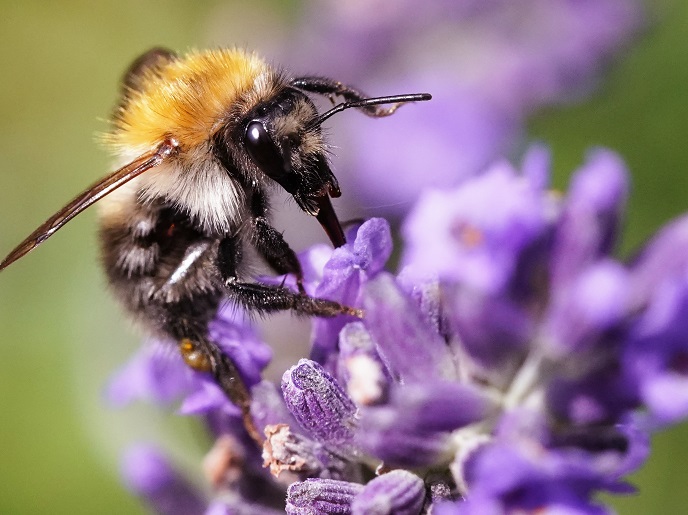Fighting for a world with honeybees
Bees play a pivotal role in sustainable agriculture and contribute to food security, biodiversity and the economy. Bee populations, however, are rapidly declining. In the case of the honeybee, one of the primary causes for this is the Varroa mite(opens in new window), a small red-brown external parasite. Methods to treat Varroa mite infestations, such as poisonous miticides, have proven to be ineffective and often harmful to bees. The EU-funded VATOREX(opens in new window) project proposes a solution developed by Swiss company Vatorex AG: the Vatorex Varroa solution, which uses different heat tolerances of bees and Varroa mites to tackle the problem. “In the project, we aimed to optimise all the components of the solution, ensuring the functionality of the hardware, connectivity between each part and full integration that allows for fluent and robust communication between the Hive Manager app and the Vatorex Varroa Solution,” explains Pascal Brunner, project coordinator and CEO of Vatorex. The project also aimed to optimise the thermal treatment (parameters and algorithms), to eradicate Varroa mites while protecting bee brood, amongst other goals.
A closer look at the Vatorex Varroa solution
The solution uses thermal technology(opens in new window) to heat up the comb foundations within the brood chamber section of beehive to 42 degrees Celsius. The Varroa mites begin to die in temperatures above 39 degrees Celsius. However, bees remain unharmed as they can survive in temperatures up to 45 degrees. “One of the key features of the solution is the thermal heating combs. Each comb in a brood chamber has a thermal coil embedded within it to provide heat treatments to the brood that have been laid within the cells of the comb – kind of like floor heating in bee combs,” outlines Brunner. The heating coils maintain a temperature of 42 degrees Celsius for three-hour periods, and heat up every 16 days thanks to an algorithm, providing optimal killing power against Varroa mites and stopping the spread of viruses. Beekeepers can also monitor their beehives through the Hive Manager app, a desktop and mobile application. “They can manually input relevant beekeeping data such as inspections and actions through the app which works as a standalone,” confirms Brunner.
Paving the way for the next generation of the Vatorex thermal system
“The project has been very positive for us,” notes Brunner. The newly developed hardware improves the user experience and reduces production costs. “After having defined the requirements, we have been able to focus on cost-effective, scalable production and are on our way to reaching a reduction of cost of goods sold by 35 %. While the heat treatment parameters are something which can always be improved upon, we have just participated in third-party scientific tests, which have been positive - the results are to be published,” adds Brunner. The project is now working on the next generation of Vatorex thermal system, which builds upon the core components of hardware, IoT systems and heat treatment algorithm, and packages it in a new product form – the thermal brood chamber. “This off-the-shelf product form aligns us further with large-scale commercial clients, the market most affected by severe bee losses,” concludes Brunner.







